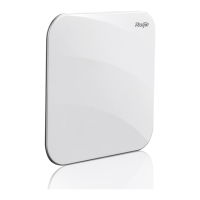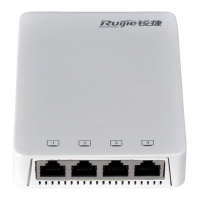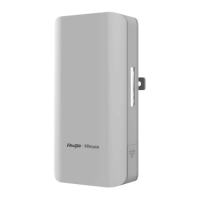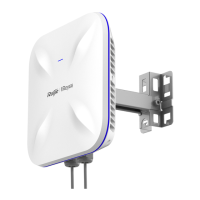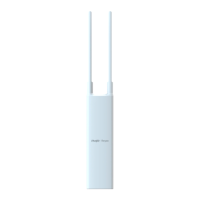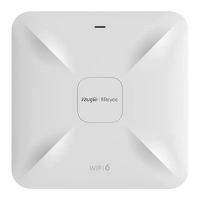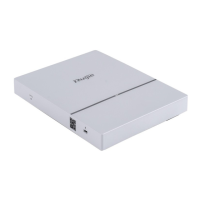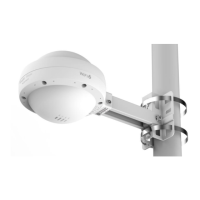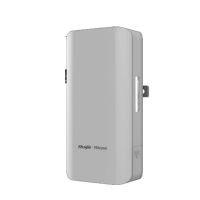Configuration Guide Configuring RADIUS
See Figure 3-1 for the networking topology.
Deployment
Add the following deployment on the basis of 1.2.1 "Deployment".
Enable the RADIUS dynamic authorization extension function on the RADIUS client.
3.3 Features
Basic Concepts
Client/Server Mode
Client: A RADIUS client initiates RADIUS requests and usually runs on a device or NAS. It transmits user information to
the RADIUS server, receives responses from the RADIUS server, and performs processing accordingly. The
processing includes accepting user access, rejecting user access, or collecting more user information for the RADIUS
server.
Server: Multiple RADIUS clients map to one RADIUS server. The RADIUS server maintains the IP addresses and
shared keys of all RADIUS clients as well as information on all authenticated users. It receives requests from a RADIUS
client, conducts authentication, authorization, and accounting, and returns processing information to the RADIUS client.
Structure of RADIUS Packets
The following figure shows the structure of RADIUS packets.
Figure 3-2
Code: Identifies the type of RADIUS packets, which occupies one byte. The following table lists the values and
meanings.
Identifier: Indicates the identifier for matching request packets and response packets, which occupies one byte. The
identifier values of request packets and response packets of the same type are the same.
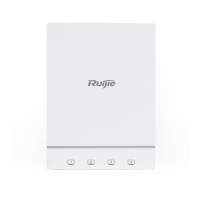
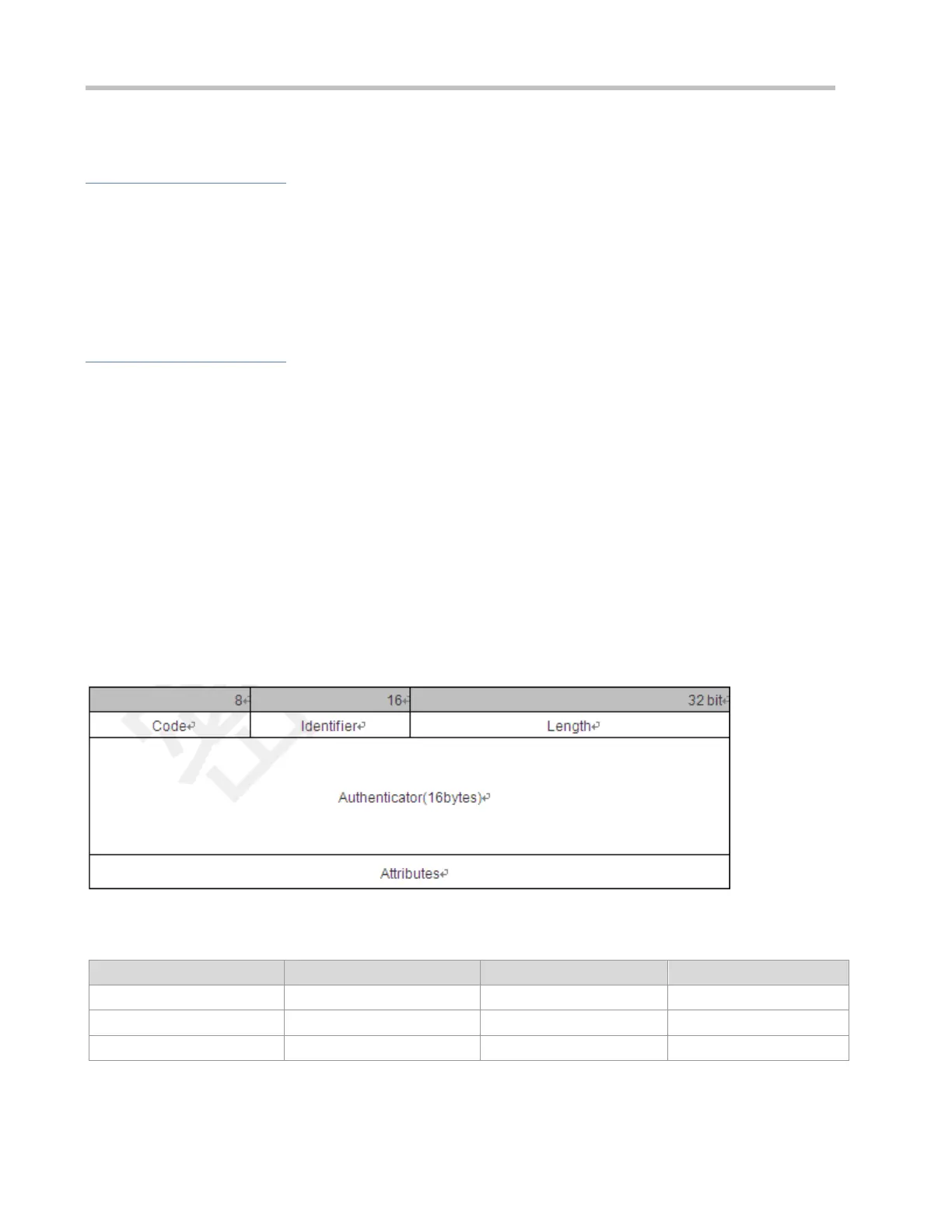